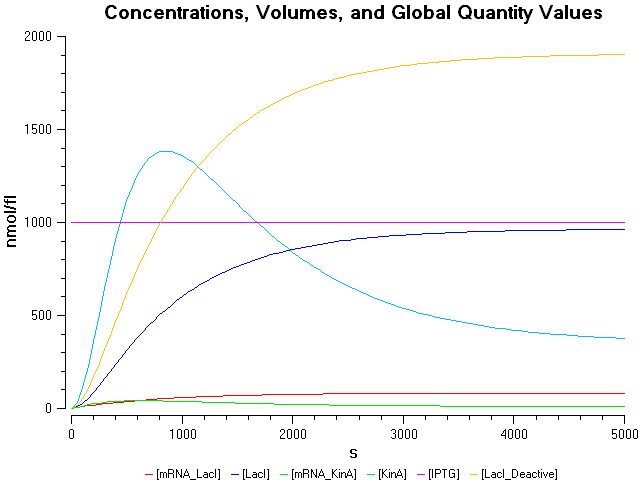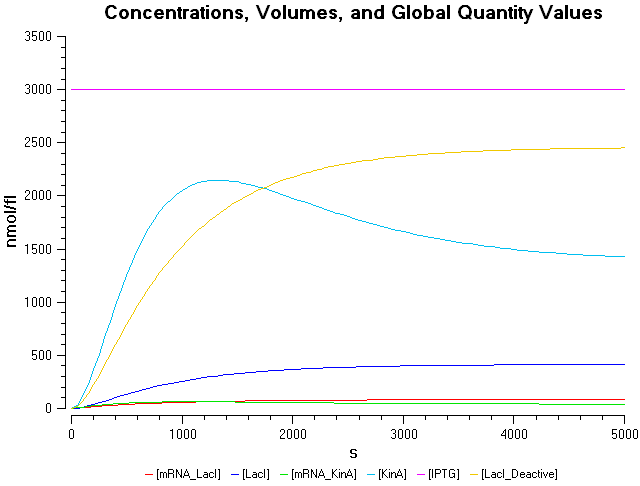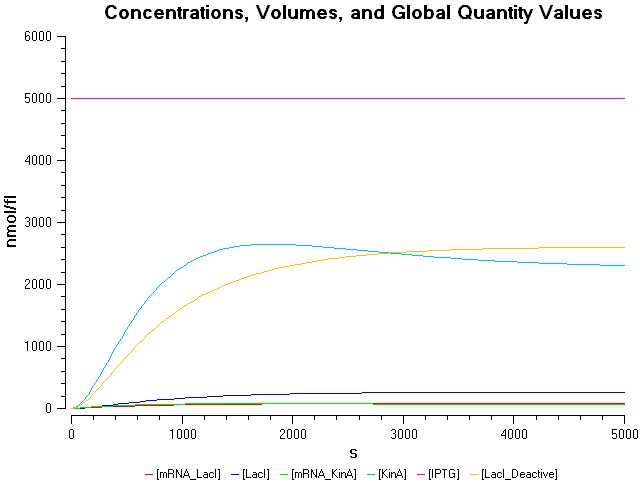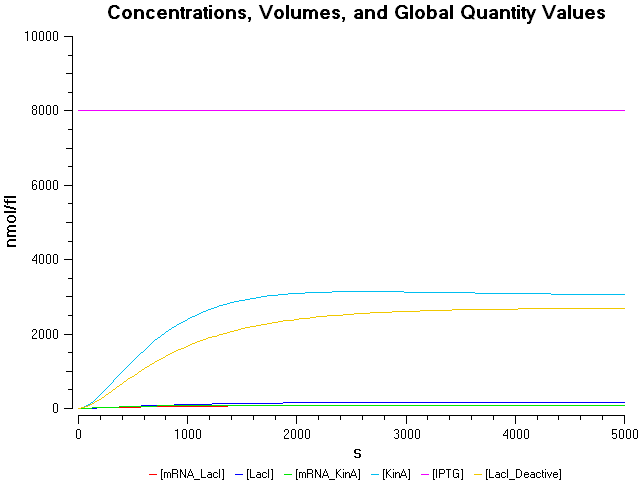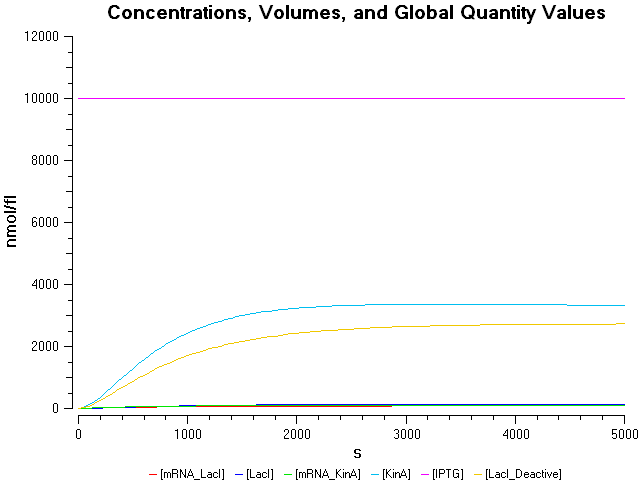Team:Newcastle/SporulationTuning
From 2009.igem.org
(→Modelling) |
(→References) |
||
| Line 40: | Line 40: | ||
==References== | ==References== | ||
| + | |||
| + | [1] Veening, J-W., Smits, W. K., Kuipers, O. P. (2008) Bistability, Epigenetics, and Bet-Hedging in Bacteria. Annu. Rev. Microbiol. 62: 193-210 | ||
| + | |||
| + | [2] Fujita, M., Losick, R. (2005) Evidence that Entry into Sporulation in Bacillus subtilis is Governed by a Gradual Increase in the Level and Activity of the Master Regulator Spo0A. 19: 2236–2244 | ||
| + | |||
| + | [3] Sonenshein, A.L., Hoch, J.A., Losick, R., (2002) Bacillus subtilis and Its Closest Relatives From Genes to Cells. ASM Press, United States of America. Pp 476–477 | ||
{{:Team:Newcastle/Footer}} | {{:Team:Newcastle/Footer}} | ||
{{:Team:Newcastle/Right}} | {{:Team:Newcastle/Right}} | ||
Revision as of 14:14, 15 October 2009
Sporulation Tuning
Introduction
In this section of our project, we hope to control sporulation in our bacterial population, such that we can decide how much of the population becomes spores, and how much continue as vegetative cells. Should the cell sporulate, it would become a ‘metal container’, trapping the sequestered cadmium in its spore.
After the cell sequesters cadmium into its spore, it should not germinate or the sequestered cadmium will be released back into the environment as a result. Therefore, the role of chassis comes into play, where the sleB and cwlJ germination-defective mutants are put into use. More information about this other sub-project of ours can be found here.
Novelty in this sub-project
Instead of allowing the cell to decide whether or not to sporulate, we hope to influence it's decision. We plan to use kinA as a part of this system.
Modelling
KinA Expression Model Results
BioBrick constructs
A BioBrick which we are designing is to contain an IPTG inducable kinA gene, using pSpac, allowing us to test the theory about kinA in the lab.
Lab Work Strategies
The lab work will mainly be to test our BioBrick using IPTG.
Other Presentations and Diagrams
References
[1] Veening, J-W., Smits, W. K., Kuipers, O. P. (2008) Bistability, Epigenetics, and Bet-Hedging in Bacteria. Annu. Rev. Microbiol. 62: 193-210
[2] Fujita, M., Losick, R. (2005) Evidence that Entry into Sporulation in Bacillus subtilis is Governed by a Gradual Increase in the Level and Activity of the Master Regulator Spo0A. 19: 2236–2244
[3] Sonenshein, A.L., Hoch, J.A., Losick, R., (2002) Bacillus subtilis and Its Closest Relatives From Genes to Cells. ASM Press, United States of America. Pp 476–477
News
Events
- 20 – 21 June 2009 - Europe workshop (London)
- 23 – 24 June 2009 - UK iGEM meetup (Edinburgh)
- 23 October Practice Presentation (Newcastle)
- 23 October T-shirts are ready
- 27 October Practice Presentation (Sunderland)
- 27 October Poster is ready
- 30 October – 2 November 2009 - Jamboree (Boston)
Social Net
- Newcastle iGEM Twitter
- [http://www.facebook.com/home.php#/group.php?gid=131709337641 Newcastle on Facebook]
- [http://www.youtube.com/user/newcastle2009igem Newcastle Youtube Channel]
 "
"

